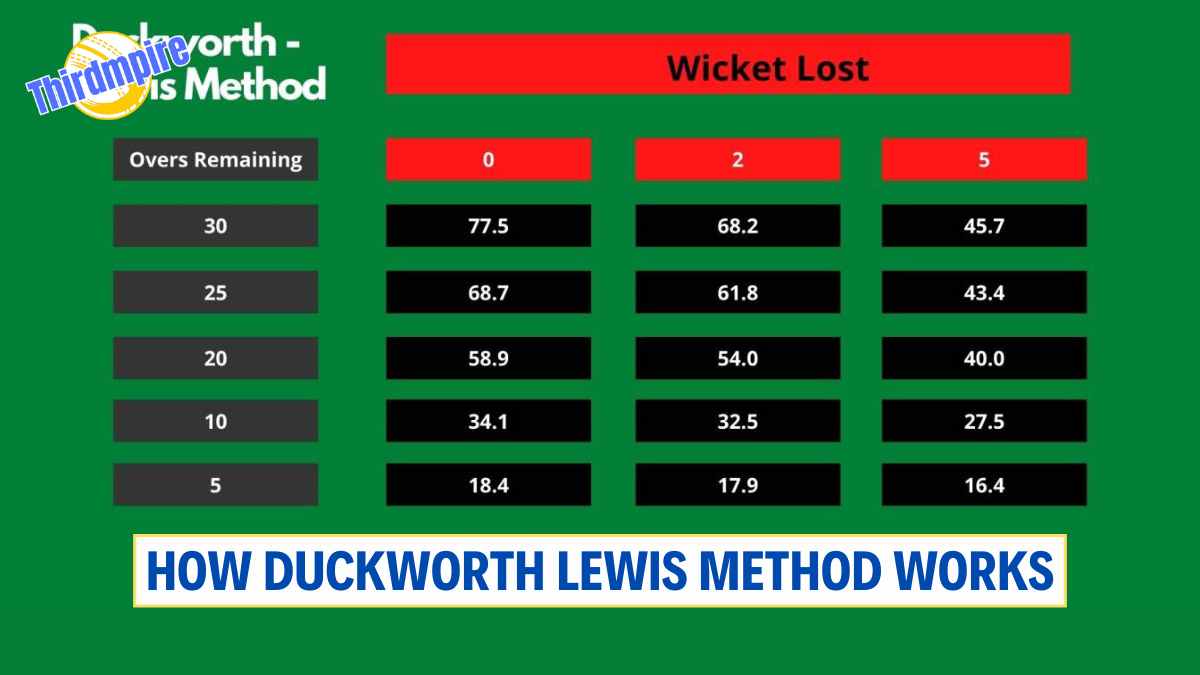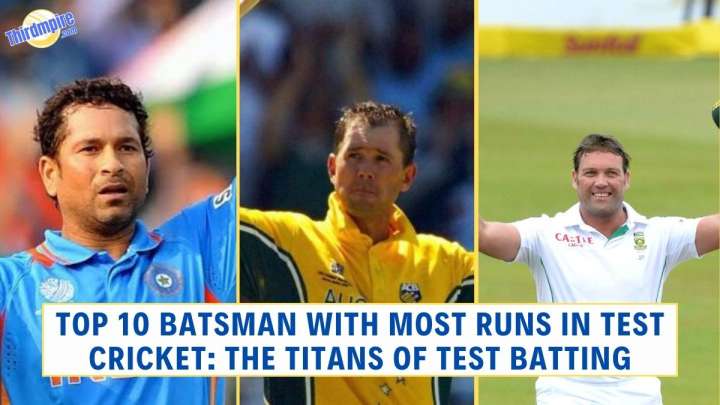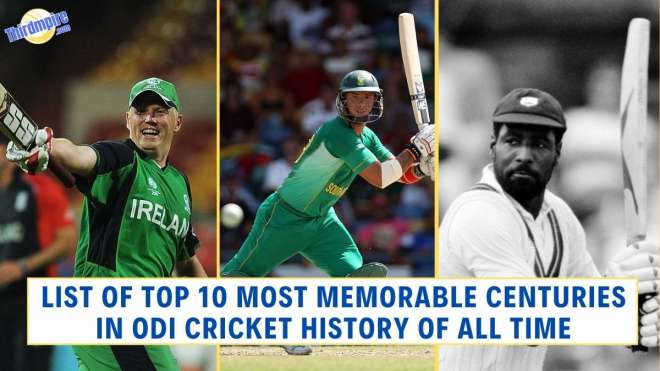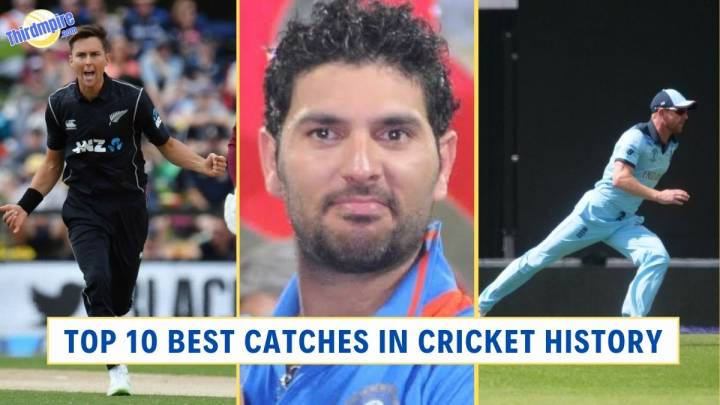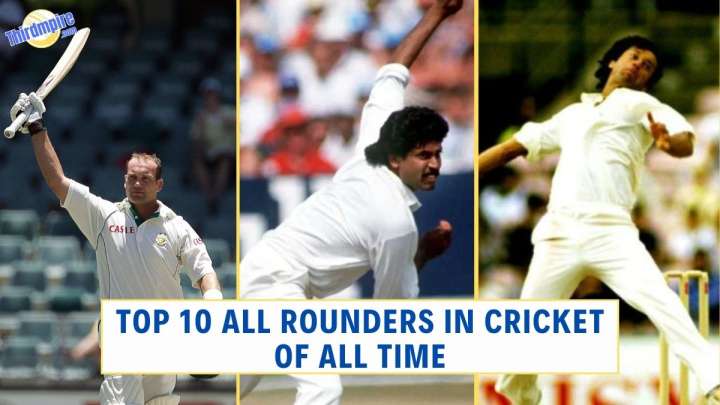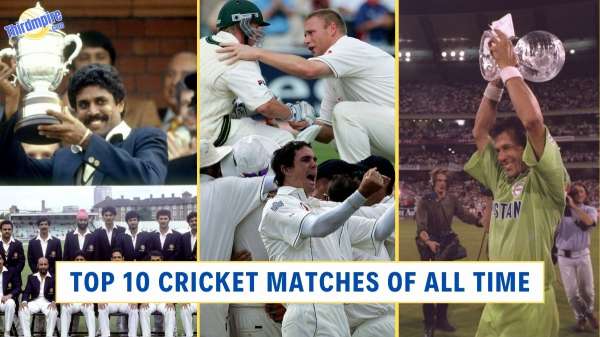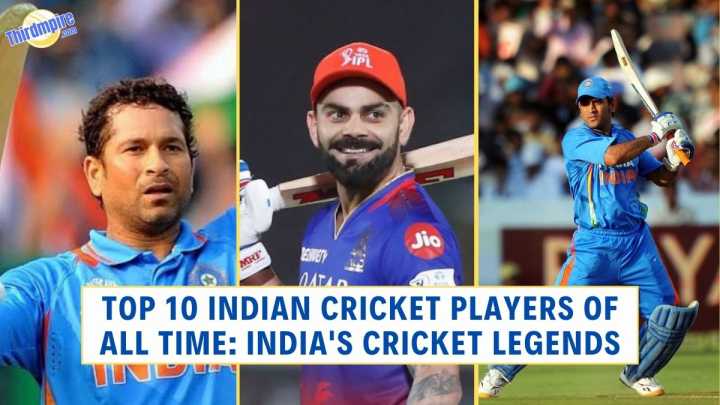|
Getting your Trinity Audio player ready...
|
1. Introduction

The Duckworth Lewis method or technique of resetting objectives in rain-affected one-day cricket suits was trialled efficaciously at some stage in 1997 via the International Cricket Council (ICC), the England & Wales Cricket Board, and the Zimbabwe Cricket Union.
It has already been chosen for use in 1998 by the ECB, the ZCU, and New Zealand. The technique is the discovery of Frank Duckworth and Tony Lewis. Frank is a consultant statistician and editor of the Royal Statistical Society’s month-to-month information mag, RSS NEWS.
Tony is a lecturer in mathematical topics within the Faculty of Computer Studies and Mathematics at the University of the West of England, Bristol, and chairman of the Western Branch of the Operational Research Society.
It is generally normal to be the maximum accurate technique of placing a goal score. When overs are misplaced, placing an adjusted target for the team batting second is not as simple as decreasing the run target proportionally to the loss in overs, because a team with ten wickets in hand and 25 overs to bat can play greater aggressively than if they had ten wickets and a complete 50 overs, as an example, and might therefore attain a higher run charge.
The DLS approach is a try to set a statistically truthful goal for the second team’s innings, that’s the same trouble as the authentic target. The fundamental precept is that every group in a limited-overs shape has sources available with which to attain runs (overs to play and wickets last), and the target is adjusted proportionally to the alternate in the aggregate of those resources.
The up-to-date Duckworth-Lewis-Stern approach to be had at the app is commonly referred to as model four Zero. The app also still has the preceding Duckworth-Lewis (Standard) version to be had as properly.
2. How The Duckworth-Lewis Method Works
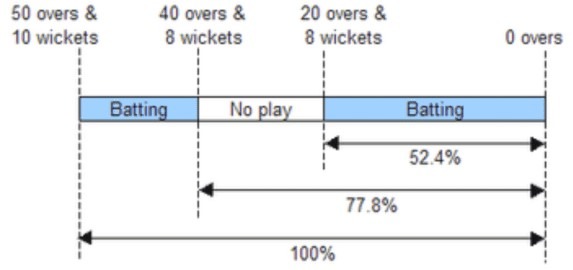
The D/L approach works the use of the notion that teams have resources with which to make as many runs as they can – these are the wide variety of overs they have nevertheless to receive and the variety of wickets they have in hand. From any degree of their innings, their in-addition run-scoring capability depends on both those two resources in combination.
The single deck gives the proportion of these mixed assets that stay for any quantity of overs left and wickets misplaced. An extract of the over-by-way-of-over table is given in Table 1. (A ball with the aid of the ball model of the table has additionally been produced to allow scorers to cope with times when play is interrupted mid-over.)
When a fit is shortened after it has begun, the sources of 1 or both groups are depleted and the 2 teams commonly have specific amounts of useful resources for their innings. In this example, a revised goal has to be set. The D/L method does this by the relative run-scoring sources to be had by the two teams.
If stoppages reason the team batting 2nd (cited right here as Team 2) to have fewer assets to be had, as is more often than not the case, then their goal may be revised downwards.
If, however, as often takes place when Team 1’s innings have been interrupted, the stoppages bring about Team 2 having greater resources available, then their goal is revised upwards to atone for the more assets they’ve at their disposal.
3. What Problem Does the Duckworth-Lewis Method Attempts to Solve?

The Duckworth-Lewis method was born in a try to redress the balance of controversial systems that had been used before, and for over too many years, the D/L Method has been used in cricket at all tiers of the sport–leaving many nearby league captains red-confronted as they are trying to accurately train session the calculation.
Not without its critics, no person has but bettered the Duckworth-Lewis machine, and so everyone who loves the game owes a tremendous debt of gratitude to Tony Lewis. To recognize the importance of Duckworth-Lewis, you first should understand the structures that came before it and their inherent unfairness.
The Average Scoring Rate, used for many years, was considered an unreliable technique of calculating the target that the crew batting 2d in a restrained overs match had to chase down.
4. How The Duckworth Lewis Method Is Calculated
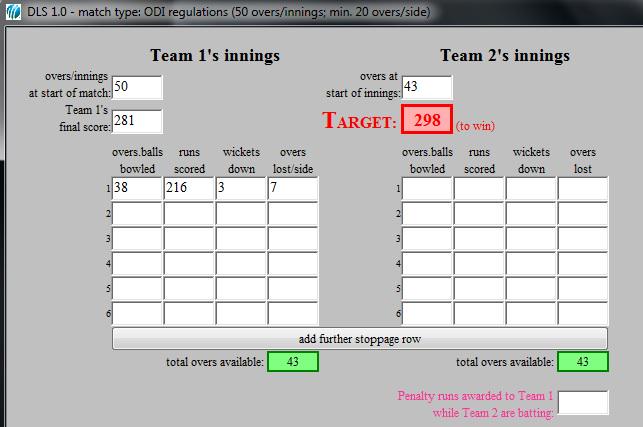
The system for placing a revised target, which is the same for any range of stoppages at any stage of the match, is as follows.
To calculate a target, the formula may simply be expressed as:
Team 2’s par score = Team 1’s score x (Team 2’s resources/Team 1’s resources).
- For each group’s innings
- from the desk observe the resource per cent the group had to be had at the beginning of their innings;
- using the table, calculate the aid per cent lost by way of every interruption;
- as a result, calculate the resource per cent available.
- If Team 2 have much fewer resources to be had than Team 1, then calculate the ratio of the assets available to the two groups. Team 2’s revised goal is received using cutting down Team 1’s score via this ratio.
- If Team 2 have greater resources to be had than Team 1, then calculate the quantity by using which Team 2’s resource percentage exceeds Team 1’s. Work out this excess as a per cent of 225 [the average 50 over a score in ECB matches and one-day internationals (ODIs)] and this offers more runs to add directly to Team 1’s rating to present Team 2’s goal.
5. Example of How To Use This Duckworth Lewis Calculator

The DL calculator for cricket is used to calculate the winner and result of a rain-interrupted fit. Based on the inputs which include team A rankings and team B scores, runs, and wickets, this DL technique calculator calculates and shows the winner.
Example Duckworth-Lewis Method in Cricket
Australia v India–1st ODI in India in September 2017.
In the 1st innings, India scored 7/281 in 50 overs.
During the innings, rain interrupts play, and the inn shape is decreased to 21 overs.
The 2nd innings commences, with Australia requiring 164 for victory.
Australia finishes their innings on nine/137 off 21 overs.
India wins with the aid of 26 runs on the D/L Method.

